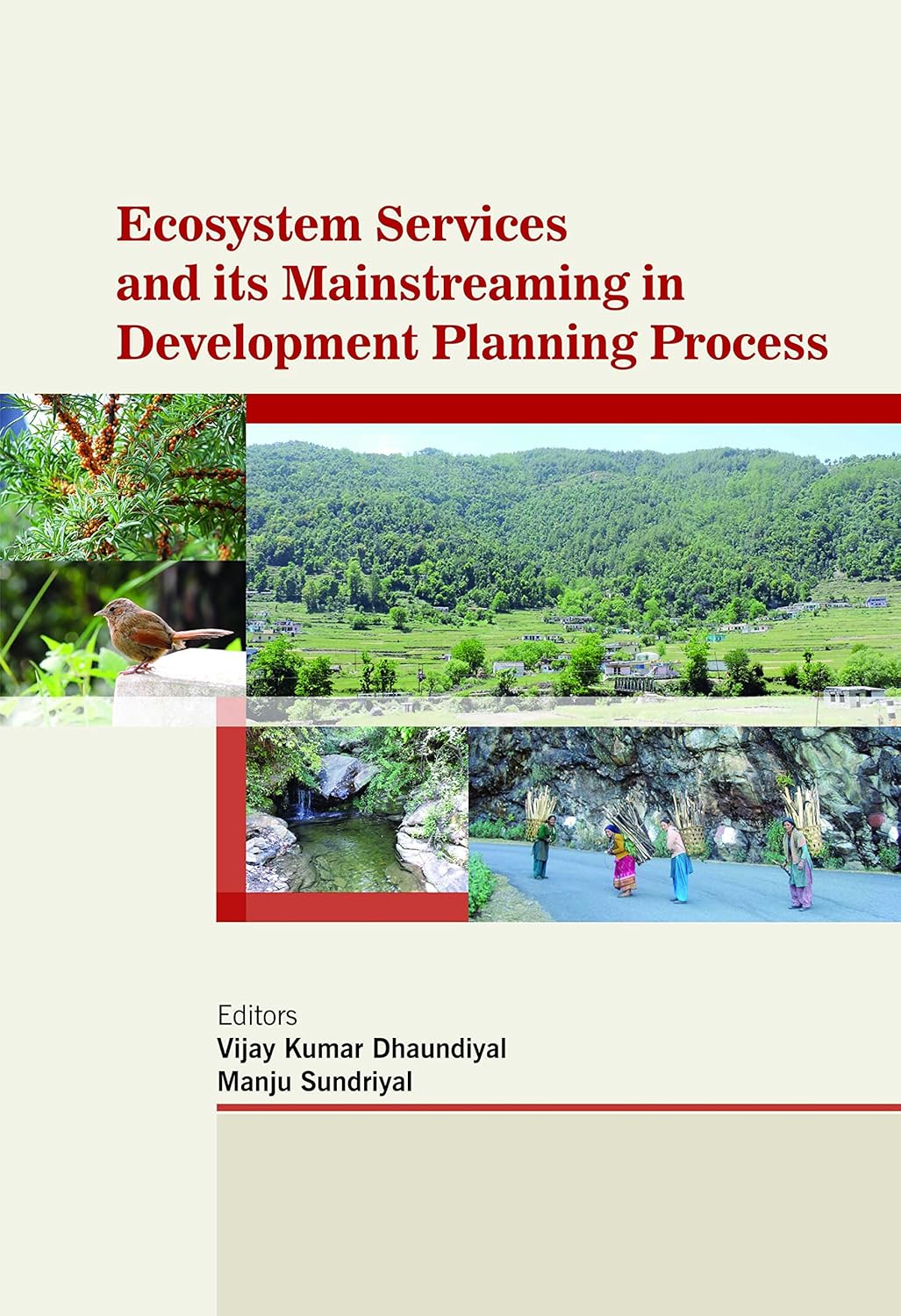Ecosystem Services and its Mainstreaming in Development Planning Process
Ecosystem Services and its Mainstreaming in Development Planning Process
Couldn't load pickup availability
The Indian Himalayan region (IHR) extends to twelve states, fully covering ten states (Jammu & Kashmir, Himachal Pradesh, Uttarakhand, Sikkim, Arunachal Pradesh, Meghalaya, Mizoram, Manipur, Nagaland and Tripura) and partly two states (Darjeeling district of West Bengal) and (North cachar and Karbialong districts of Assam). IHR houses 76 million people (6.36% of India) in an area of 596,720 km2. The region supports rich biological and cultural diversity with plenty of natural resources, and considered as a mega hot spot of biodiversity. Despite of that the Himalayan populations are among the most subsistence communities in terms of incomes that heavily rely on natural resources (e.g. water, agriculture, forest, NTFPs, hydropower, and tourism) and ecosystem services (e.g. provisioning services food, fodder, firewood, fibre, etc; regulating services climate regulation, pollination, fresh air, soil formation; cultural services spiritual and religious, recreation, ecotourism, education; and supporting services soil formation, nutrient cycling, primary production) for their survival. Unfortunately there has been a tremendous increase in pressure on almost all ecosystems over past several decades that greatly affect biodiversity, ecosystem conditions and services. There is an increasing intimidation that these ecosystem will degrade further thus may have severe impact on rural life. There is a possibility of using natural capital to redefine sustainable mountain development of mountain ecosystems by balancing conservation with development, and by devising appropriate means for payment for ecosystem services.
Share

